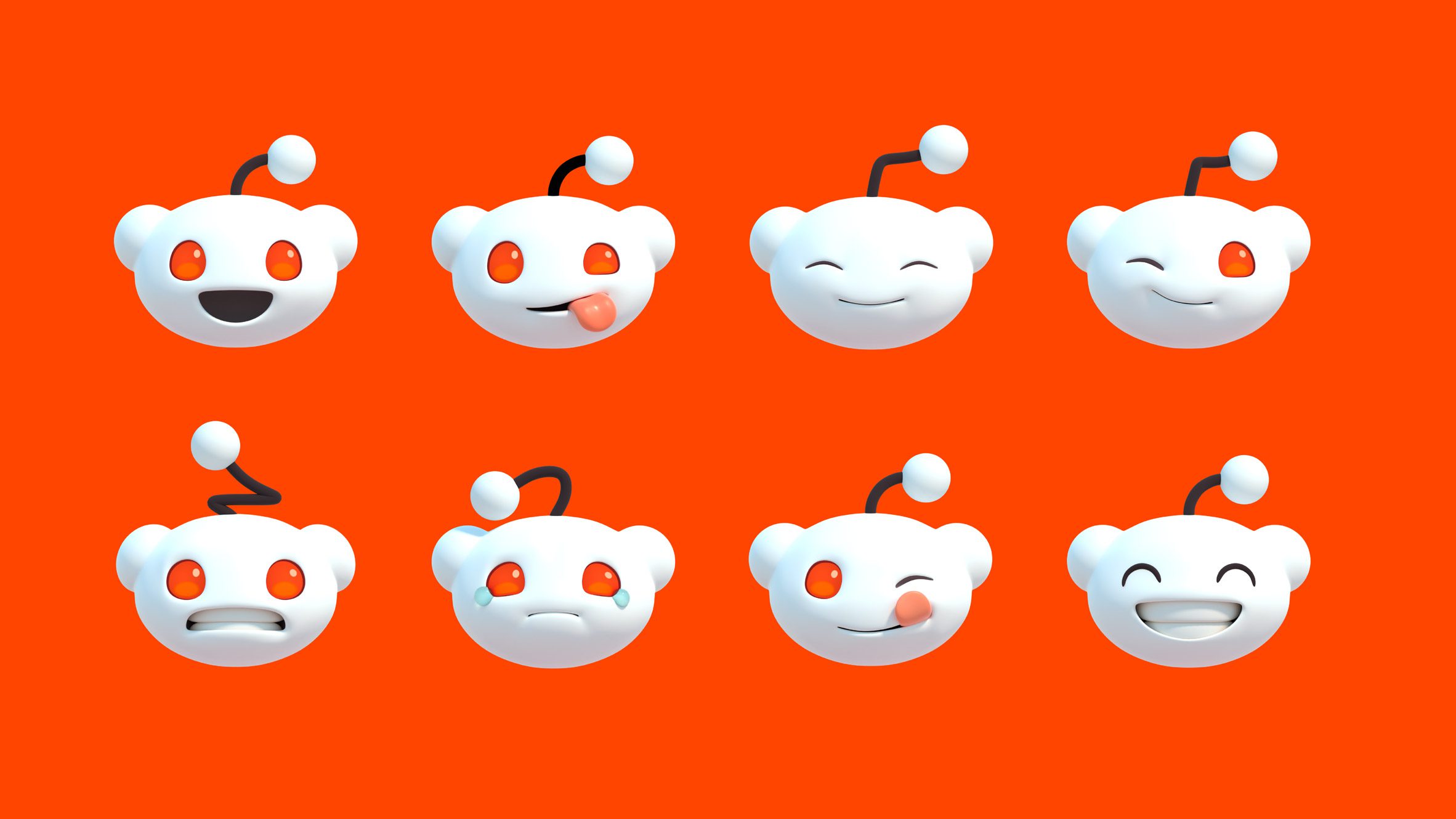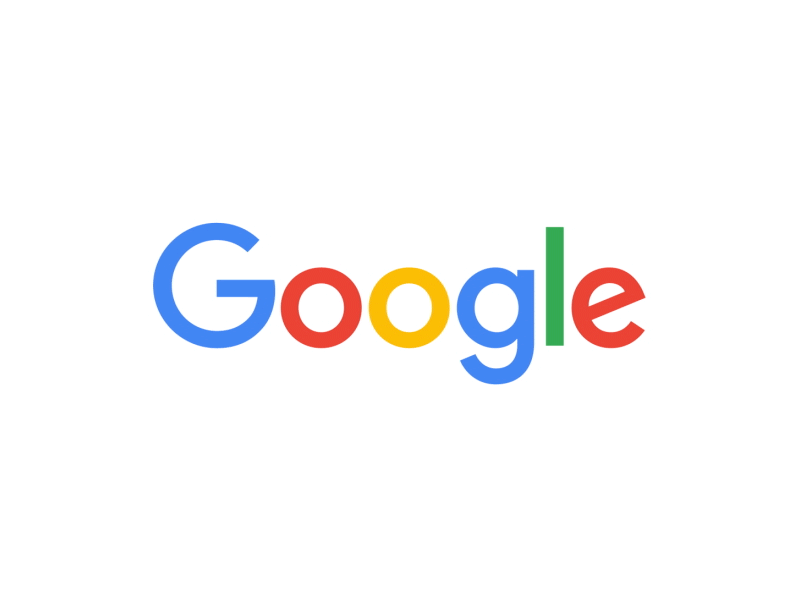8 logo trends to watch in 2024
From sonic and animated to heritage-driven, experts predict logo design to transform this year.

In pursuit of the perfect logo – unique, memorable, versatile (the list goes on) – we’re likely to see an increasing number of boundary-pushing designs and unconventional forms this year, according to designers and industry experts. Forget san-serification, minimalism and flat designs, and expect hand-crafted, animated, multidimensional, audio and even interactive elements incorporated into logos to cut through the noise and capture the attention of audiences.
Whether you’re looking to refresh, rebrand or launch something new, here (in no particular order), we highlight the hotly-anticipated trends in logo design for 2024. For more of our predictions for the year ahead, see more of our 2024 trends roundups.
01. A shift away from flat design

“Over the past few years, logo designs have become increasingly simplified, with many large companies leaning towards flat, minimalist designs,” says Ian Paget, graphic designer and founder of design firm and blog Logo Geek. “However, in 2024, in an attempt to differentiate, more companies will likely gravitate towards a three-dimensional aesthetic once again.”
Paget points to Reddit's recent rebrand by Pentagram, which includes the brand's alien mascot, Snoo, now appearing in 3D as a 'living character'. The aim was to help to give the character relevance and appeal in a rapidly evolving digital landscape, according to the designers.
Jonny Aldrich, co-founder and managing director of London-based branding and packaging design agency Deuce Studio, also believes designers and businesses will recoil from the highly minimal ‘debranding’ trend. “In logo design there might be a slight shift away from complete simplification, not as much as Web 2.0 from yesteryear, but maybe a little bit of shine or gradient coming back in areas.”
02. Heritage and craftsmanship

In another steer away from the over-simplification and digital homogenisation of logos, John Randall, senior graphic designer for Magpie Studio predicts a return to the power of hand-rendered styles. “A compelling trend that has gained momentum among prominent brands is challenging the prevailing tide of reduction and simplistic design seen in many contemporary brandmarks,” he says. “What captivates me is the departure from the minimalist approach, encouraging brands to turn their gaze towards the past, delving into their archives to resurrect iconography from their heritage and roots.”
“Craft is back,” Thomas Lacey, design associate at Here Design agrees, noting the example of the recent Burberry rebrand, which saw a return to the original emblem from 1901, under new chief creative officer Daniel Lee, which features a knight on a horse carrying a shield with 'Prorsum' translated from Latin as 'forward' in English.
Daily design news, reviews, how-tos and more, as picked by the editors.
Randall agrees Burberry exemplifies this trend with its logo rebrand, “boldly stepping away from the minimalist norm”, he says. “By reintroducing historical motifs from their archives, they not only embraced their rich heritage but also brought forth a renewed sense of craftsmanship and technical illustrative prowess.
"In 2024, I’d love to see a resurgence of brands incorporating these historical motifs as their primary elements. This shift not only reintroduces a human touch through craftsmanship but also adds significant depth and character to brand identities.”
03. Nostalgia with a modern twist

Closely related to heritage, nostalgia is creeping into logo design as brands seek out uniqueness in the crowded digital sphere. Not only can contemporary yet nostalgic logo styles highlight the enduring significance of old traditions, they can also evoke a sense of comfort, familiarity and warmth, to resonate with audiences in times of uncertainty.
“Balancing nostalgia with modernity will be a trend,” say Martin Naylor, founder, and Sophie Currier, designer at Touch, Scottish Design Awards' agency of the year. “Stylised word marks and retro vibes that evoke a sense of heritage, while still feeling contemporary, will be popular. This can help brands connect with the past while staying relevant.”
Alice Clifford, design associate for Here Design agrees that “Art Deco details” are becoming increasingly popular, including monograms in particular, and highlights Stefanie Brückler’s sleek identity for homewares brand Atrio (above).
04. The impact of AI tools

“With AI tools rapidly emerging and leaving their mark on the design industry, it's undeniable that they will influence logo design throughout 2024,” says Paget. “This impact will be evident in the way designers promote themselves, the processes people follow to develop ideas, and the final execution.”
Paget points to Adobe having made substantial headway with its AI tools, which he says is “likely to lead the way in the long term”. However, he believes that the specialised logo AI tools will have the most significant impact, such as Logo Diffusion’s recently developed tool (one result pictured above), which allows live sketches to be combined with prompts, “providing more control over the final execution”, he says. “I don't believe these tools will replace designers; instead, they will open up new and interesting ways of working more efficiently.”
Aldrich agrees AI can help the creative process rather than hinder it. “Designers and agencies are turning to AI for different reasons, sometimes for concept or speculative work but also sometimes for final artwork where the client doesn’t have specific budget to commission a digital artist or short turnaround time,” says Aldrich. “We think there is a balance on where and how to use AI to quicken work flow, or help lower-budget clients thrive.”
05. Animation

In an era of interactivity and dynamic online experiences, attention-grabbing animated logos are becoming increasingly popular and relevant, according to Astrid Stavro, creative director and founder of Astrid Stavro Studio, design consultant and president of the International Society of Typographic Designers (ISTD).
“The surge in digital communication has not only opened up exciting avenues for brands to connect with consumers but has also given rise to a growing trend in branding – the transition from static, lifeless logos to dynamic, animated brand identities,” Stavro says.
“Designers are increasingly leveraging the emotive qualities of motion graphics to bring logos to life. When executed cleverly, animated logos have a unique ability to captivate our attention and leave a lasting impression. Their movement makes them more arresting, engaging and ultimately more memorable. Great animated logos use movement to not only capture attention but also complement the broader brand identity, amplifying the brand’s personality.”
06. Sonic logos
Sound has a powerful impact on memory. Adding the extra dimension of a sonic element to a logo can help to establish and reinforce a distinct and memorable brand identity, while offering a cue for recall across multiple channels.
“In the evolving landscape of brand identity, the strategic use of sound is a game-changing tool,” says Stavro. “By leveraging music that aligns with a brand's essence and creating an ownable ‘sonic logo’, companies can tap into the profound impact of music on human emotions, forging powerful connections with consumers.”
“Brands that have harnessed the power of sound have gained a competitive edge,” she continues. “Distinctive sonic identities increase brand recognition, customer loyalty and revenue. As more brands recognise the potential of sonic branding, the trend of creating bespoke sounds, uniquely tied to their identity, offers a golden opportunity for brands to enhance the overall brand experience.”
07. Symbolism

Making an instant connection with audiences is key when it comes to successful logo design. This goes beyond choice of object, shape or image, and includes style and colour, a sense of uniqueness but familiarity, strength but versatility.
“We think symbolism will be more common in brand logos to enable brands to be recognised by a super simple form and at lightning speed. Monograms and marques will actually replace words, rather than just being a short-hand version. Brands will have the confidence to do this as consumers accept it,” says Pat Holmes, creative director of Studio Foundry. “In 2024, the logo really has its work cut out – it needs to not only deliver the personality and essence of the brand, but also work at a fast pace and across a wide range of formats.”
“The logo has always been at the heart of an identity, but usually surrounded by a visual language that carries the personality and essence of the brand,” Holmes continues. “In 2024, in a world that demands ‘instant’, everyone will value the little time they have spare more than ever. Brands need to adapt to this, or risk feeling bloated. This is where we see the role of the logo taking on more of the heavy lifting for brands. Logos will be quick for audiences to place, memorable enough to stay around, and brilliantly clever for people to fall in love with. Simple but complex, fast but long-lasting. No small feat!”
08. Unique yet affordable

As the economic landscape continues to cause concern across many creative industries and beyond, budgets may continue to tighten but many companies will continue to seek out brand identities that differentiate them in their market.
“Designers will focus on creating ownable brand elements that strike a balance between client budgets and uniqueness. Clients will seek distinctive brand elements that are not only memorable but also financially sustainable,” say Naylor and Currier.
The Touch team highlight a collaboration with Scottish social care charity Quarriers (above), using an open-source font as a base and working with a type designer to create unique brand elements, such as turning the letter 'U' into a smiley face.
For more on logos, see our logos by decade series or our how to design a logo piece.

Antonia Wilson is a freelance writer and editor. Previous roles have included staff writer for Creative Review magazine, travel reporter for the Guardian, deputy editor of Beau Monde Traveller magazine, alongside writing for The Observer, National Geographic Traveller, Essentialist and Eco-Age, among others. She has also been a freelance editor for Vogue and Google, and works with a variety of global and emerging brands on sustainability messaging and other copywriting and editing projects — from Ugg and Ferragamo to Microsoft and Tate Galleries.
